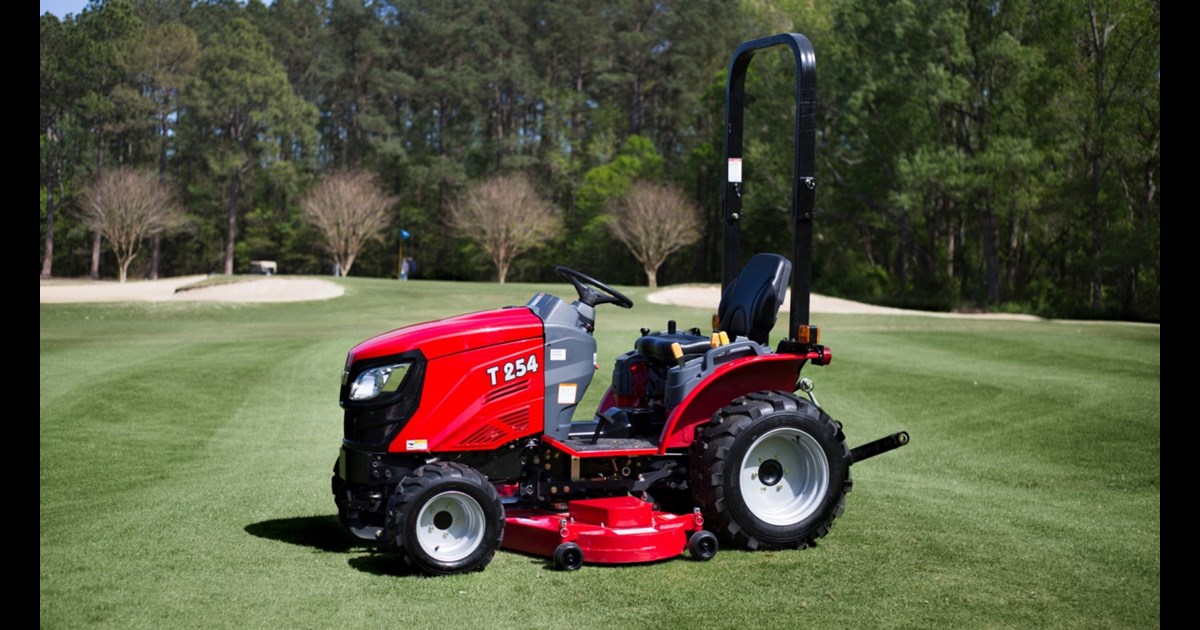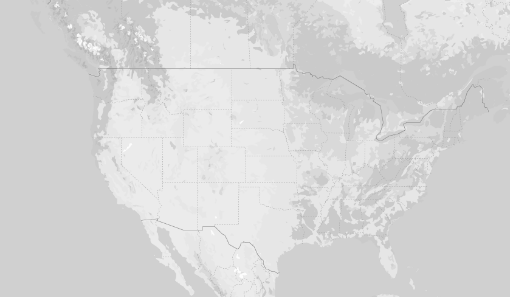From Aerating to Zoning: Tips for maintaining a healthy lawn year-round
A healthy lawn is the pride of landowners and property caretakers everywhere. Whether it’s a pristine front yard or a meticulously groomed golf course, every groundskeeper knows just how much effort goes into creating a healthy, green lawn. They also know that regardless of its size, keeping a thriving lawn throughout the entire year is an ongoing challenge. Maintaining a healthy lawn can be a hobby or it can be a livelihood, and wherever you may be along that spectrum, use these tips for caring for your lawn year-round.


Dethatch at least once a year
Thatch is the layer of living and dead organic matter that builds up between the soil and growing grass. A thin layer of thatch is beneficial for protecting grassroots from extreme temperatures and retaining moisture, but thatch thicker than half-an-inch can restrict access to air, water, and nutrients essential to grassroots. Keep in mind that dethatching is as important in the spring (in preparation for the growing season), as it is in the fall (to allow sunlight to reach the grass). To dethatch, use a rake to lift and break up the build-up carefully. For larger grounds and stubborn thatch, a rake attachment on a TYM tractor with its evenly-spaced tines, makes dethatching a neat and easy job.
Tackle weeds before they start
Applying a pre-emergent herbicide in the spring can feel like an extra step, but it can be an essential timesaver in the late-summer and fall when weeds like crabgrass spring up in full force. Be sure to tackle any annual and perennial weeds with a post-emergent herbicide in the summer. In the fall, you can continue to remove weeds and apply herbicides to prevent spring weeds.
Mow grass height according to season (and keep those blades sharp!)
Check the condition of your mower blades and sharpen them if needed before the busiest season. Dull blades can shred the blades of your grass, making your lawn more susceptible to disease. In the summer, mow the grass high. Cutting your grass higher than usual promotes stronger and deeper grassroots that can withstand drought and compete against weeds. But as the weather cools, you can start mowing shorter. Cutting shorter than usual will help prevent snow mold in cold areas, and help prevent matting by other organic matter in warmer regions.
Depending on the size of your lawn, a sub-compact tractor like the T25 might be the best machine for the mowing job. Compact design, narrow turning radius, and ease of operation makes this TYM tractor ideal for a range of landscaping needs. When choosing a tractor attachment, look for a wide-width mid-mount mower as well as front and rear lift capabilities that can use a variety of implements to maintain your turf.


Plan according to your plant hardiness zone
Before you can set up a lawn care plan each season, it’s useful to know which hardiness zone your property falls under. This will help you plan your lawn by knowing what to plant and when to fertilize or prepare the grounds for frost. If you don’t know your zone number yet, input your zip code into the USDA Plant Hardiness Zone Map to find out. This zoning information will help you source the best seeds and plants suited for your climate, and provide a planting calendar for you to work from.
Aerate the lawn regularly
The process of aerating relieves compacted soil by introducing holes into your lawn. These openings allow oxygen, moisture, and nutrients to reach your soil and grassroots. Aerating every fall is recommended, but your lawn can benefit from more aerating if it receives a lot of foot traffic. Aerating can be done manually using simple tools like a pitchfork, but a core aerator attachment to a TYM tractor will take your soil and lawn health to the next level without the effort.
Patch and seed bare areas
If your lawn wasn’t perfect at the beginning of the season, it may have declined further once the heat of summer has passed. If you spot any thinning or bare patches in the fall, you can take action then to prepare your lawn for the following year. Start the restoration process by removing any dead grass and mixing some compost into the soil before seeding the entire lawn. Bare and diseased spots may need patching and some extra care. For best results, always use seeds and grasses suited for your planting zone.

Water during cooler hours to avoid evaporation
Depending on the season, most lawns need about one inch of water per week during the growing season. But lawns start drying out quickly as temperatures rise, especially if you’re living in a dryer climate. In the summer, watering during the morning and evening is an effective method of preventing evaporation. Under dryer conditions, consider using a combination of drip irrigation and spray heads to maximize hydration.
Prepare for frost in warmer regions
Many lawns across the country go dormant in the cooler winter months, but that doesn’t mean you should too. Avoid foot traffic to prevent damage, especially under frosty conditions. Walking on a tender, dormant lawn can compress the soil and kill the grass you worked hard to maintain through the warmer months. If your climate is prone to ice, follow proper measures to de-ice your lawn carefully. Some ice-melting products like calcium chloride are suitable for use near lawns, while others like rock salt can damage them. Taking a little extra care in the winter will ensure that your lawn is in top shape when the growing cycle starts again in the spring.
Adapt to your own climate and circumstances
As climate and conditions can vary drastically even within the same state, be sure to adapt these guidelines to your hardiness zone and lawn. Many grass, seeds, and lawn care products come labeled with recommended zones. Choose a grass seed that will thrive for you and your unique circumstances.
Lawn care is no easy task. From the explosive growth of summer to the preparation for cooler weather, it seems like there’s never a moment of rest when it comes to groundskeeping. Thankfully, TYM tractors are here to help you maintain a healthy lawn, season after season and year after year. For any heavy lifting that goes into your lawn, you can trust our range of tractors with the job. To see how TYM tractors can be configured and used for various landscaping applications, explore our new interactive 3D world.








